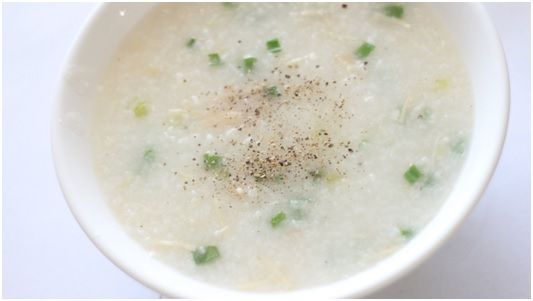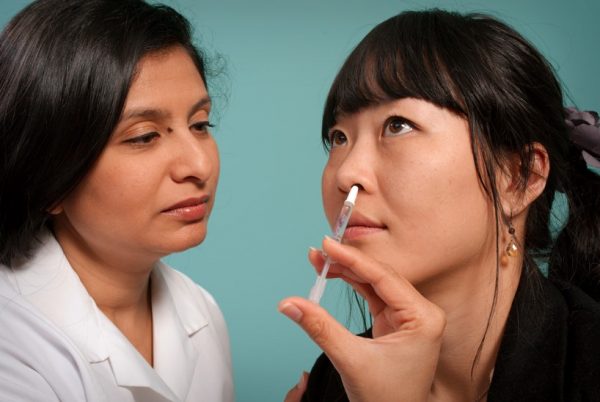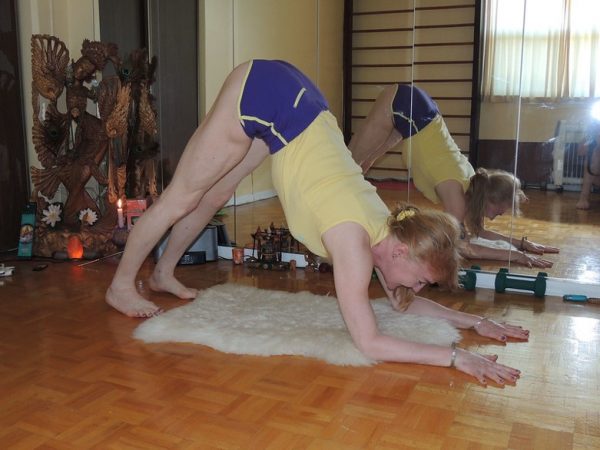
Health of your child
Image courtesy: Puneeth K R Sringeri
Children who eat the right amount of nutritious foods and are sufficiently active lay the foundations for a healthy life and enjoy lower risks of long-term health problems.
Breast Milk Is Best For Your Baby
Breast milk is best for babies and provides ideal nutrition. Good nutrition intake by the mother is important for production of breast milk and adequate breast feeding. According to WHO, infants should be exclusively breastfed for the first six months and breastfeeding should be continued till the second year of life.
What Foods Should Children Eat?
It is recommended that solids be introduced to infants from around six months of age. Different foods and textures should be introduced slowly until the age of one, when the child should be able to eat a variety of foods cooked at home. If there are any concerns about an allergy or any eating problems it should be discussed with your paediatrician.
How Much Should They Eat?
The appetite of younger children often varies, but this is generally no cause for concern. Children need enough to satisfy hunger and ensure optimal growth and often eat accordingly. Appetite can increase dramatically during growth spurts and this is when healthy snacks are very important. If you are worried that they are not eating enough, don’t offer ‘treats’, instead visit your doctor or dietician who will be able to assess if your child’s growth rate is satisfactory.
Bring in Variety
- Encourage children to taste new foods, even if they don’t eat all of it. Remember they learn by example, and you might find them mirroring your eating habits and attitudes
- A range of different foods are important to balance nutrient intake cereals, whole grains, pulses that will give wholes one nutrition. Include foods like milk, yoghurt, fish, leafy vegetables and eggs that are rich in iron and calcium
- Between meal snacks are important for active children. Fruit smoothies and yoghurt are a great way to add extra calcium to a child’s diet
- Always offer plenty of water. Limit juices and any sweetened drinks
- Cereals, vegetables and fruits are major contributors of energy, fibre, vitamins and minerals important for growing bodies. Nutritious snack foods include fresh fruits, muesli bars, vegetable sticks and dips, salads with low fat dressings, sandwiches with wholegrain or multi-grain bread, etc.
- Look for foods containing healthy fats i.e. mono- unsaturated and polyunsaturated fats rather than foods high in saturated fats. Eg. veg oil, olive oil contain healthy fats, whereas deep fried foods, butter and animal fat contain unhealthy saturated fats
- Don’t add extra salt to meals
Physical Activity is a Must!
- Daily physical activity is important for fitness, strong bones, self-esteem, fun and maintaining a healthy body weight
- For strong bones encourage daily weight-bearing activities like ball games and running. Take them with you when you walk the dog
- Active parents are very strong role models for encouraging physical activity in children
- Try to limit television and computer games to approximately 30 minutes per day: Nutrition plays an important role in our lives and well being. It’s known that children who imbibe good eating habits at an early age, adopt a healthy lifestyle and grow up to become healthier adults.
Reference source: Nestle, India
Author: HealthyLife | Posted on: April 20, 2015








